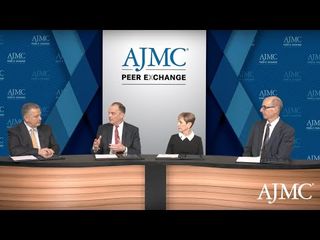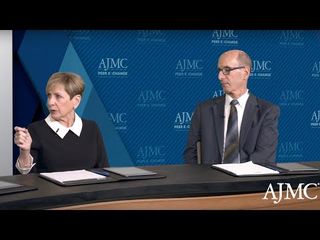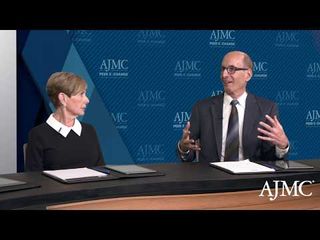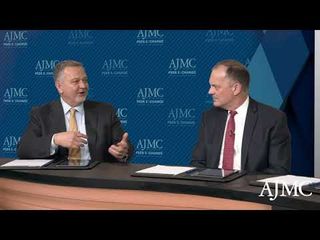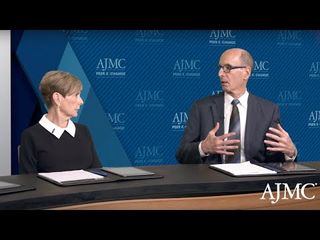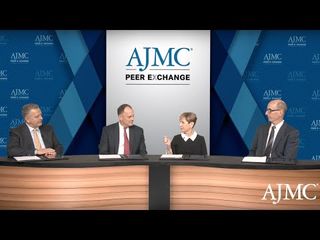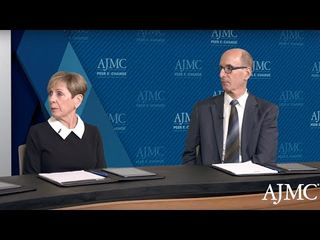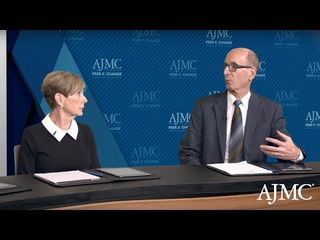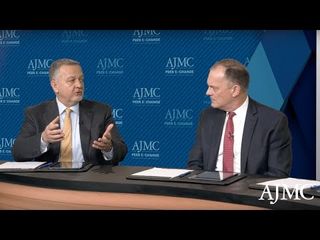
Health Care Cost
Latest News

Latest Videos

CME Content
More News

After recent policy changes removing most medical debts from credit reports, Americans are seeing their credit scores increase, but experts warn of the need to monitor billing and collection practices for unintended consequences.

Safety-net programs need to not only be budgeted for but also aimed at the right people to ensure receipt of proper health care.
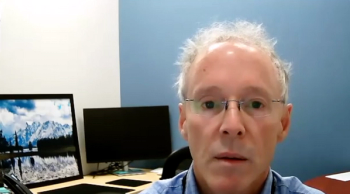
Jeffrey Sippel, MD, MPH, addresses the increasing denial of insurance claims for non-invasive ventilators (NIV) in Medicare Advantage plans, particularly impacting ALS patients, emphasizing the time crunch on patients, and criticizing the financial focus over patients' well-being.

Allegations call out restrictions on medically necessary care; CDC data highlight surge in COVID-19 deaths and hospitalizations; failure to include additional Special Supplemental Nutrition Program for Women, Infants, and Children (WIC) aid raises concerns over food access.

Additional COVID-19 tests can be ordered amid rising cases and insurance challenges; therapies targeting toxic proteins in Alzheimer disease spark renewed interest; new poll indicates 55% approval for legal abortion on any grounds.

The recent availability of 3 FDA-approved treatments for patients with spinal muscular atrophy (SMA) has dramatically altered patient outcomes and provided a wealth of new avenues for SMA research.

A simulation study estimated the impact of biosimilar substitution on total cost of care (TCOC) and provider financial performance in the final performance period of the Oncology Care Model.

Jeffrey Sippel, MD, MPH, discusses the trend of insurance claim denials related to non-invasive ventilators for patients with ALS.
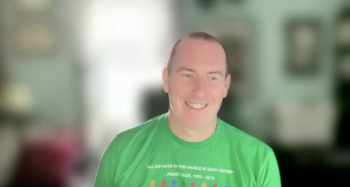
Christian John Lillis, cofounder and executive director of the Peggy Lillis Foundation for C difficile Education & Advocacy, explained how FDA-approved microbiome-based therapeutics help to treat and prevent C difficile infection.

A Biologics License Application has been submitted to the FDA review for sotatercept in the treatment of pulmonary arterial hypertension.

The FDA approved delandistrogene moxeparvovec-rokl (Elevidys, Sarepta Therapeutics) in June to treat Duchenne muscular dystrophy in ambulatory pediatric patients aged 4 through 5 who have a confirmed DMD gene mutation.
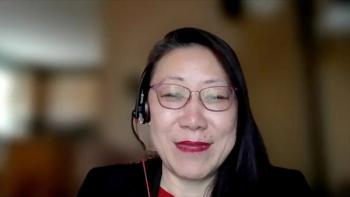
Sophia Humphreys, PharmD, MHA, BCBBS, discussed how biosimilars can play a role in formulary management as well as the main takeaways of her presentations at the Newport Beach Institute for Value-Based Care conference.

A class action lawsuit was filed against UnitedHealth Group and a subsidiary for allegedly using an algorithm to deny rehabilitation coverage for seriously ill patients; US and China officials are finalizing an agreement to crack down on fentanyl; a study published Tuesday projected global heat deaths to increase by 370% if no action is taken against global warming.
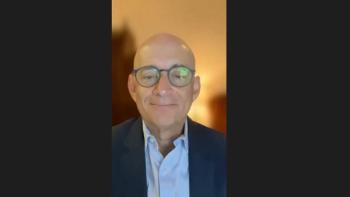
Robert Gluckman, MD, MACP, from Providence Health Plan, spoke about how medicine and pharmacist interaction can be cost-effective.
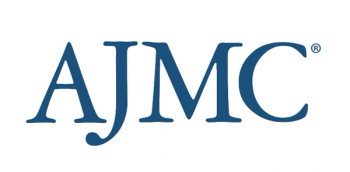
This study characterizes the incidence and associated factors of urolithiasis-related emergency department visits that are potentially preventable with appropriate ambulatory care and calculates their cumulative costs.

A senator opposes the Biden drug price negotiation plan and proposes a new model to help manage weight loss drug costs; Black children are underdiagnosed with attention-deficit/hyperactivity disorder (ADHD) compared with their White peers; lawmakers and witnesses said that policy makers must balance innovation with potential harms when it comes to artificial intelligence (AI) in health care.

Reporting on the real-world utilization of reference rituximab and its biosimilars can help show prescribing habits and reveal cost-saving opportunities.

Investigators propose potential payment models for gene therapies that consider equitable patient access and payer reimbursement.

Care in the fourth-trimester, when the birth has taken place and the mother and baby return home, is crucial for the well-being of the mother or the birthing person, Takiyah Durham, MBA, explains in an interview.

Artificial intelligence (AI) could help detect heart attack risk signs and prevent sudden cardiac death; Advocates demand the Biden administration finalize the proposed FDA ban on menthol cigarettes; Gun violence survivors and their families have many ongoing medical needs.

CDC plans to monitor over 30 pathogens in high-risk airports; a surge in ketamine prescriptions raises questions about safety and oversight; changes to come in Affordable Care Act (ACA) enrollment for 2023.

Robert Gluckman, MD, MACP, from Providence Health Plan, discusses what he was most interested in hearing about at our Institute for Value-Based Medicine® event held in Newport Beach, California, on November 2.

Posters at ASN Kidney Week 2023 explored the economic burden brought on by chronic kidney disease (CKD) and further validated the Klinrisk model’s ability to predict progressive forms of CKD.

Patients with paroxysmal nocturnal hemoglobinuria (PNH) who had suboptimal response to eculizumab can switch to pegcetacoplan for a cost-effective alternative, according to. acost analysis.
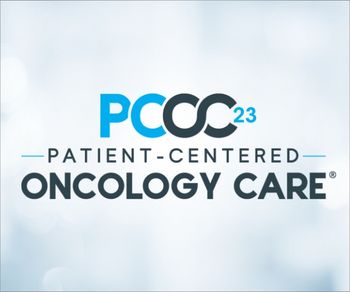
The annual Patient-Centered Oncology Care® (PCOC) meeting returns to Nashville, Tennessee, on November 7-8, bringing oncology stakeholders together for 2 days of discussions and presentations on the rapidly changing oncology care landscape.





